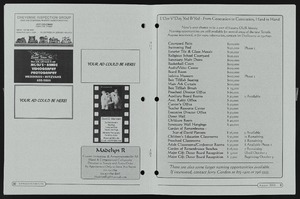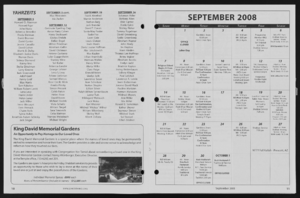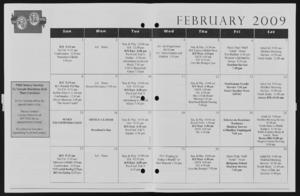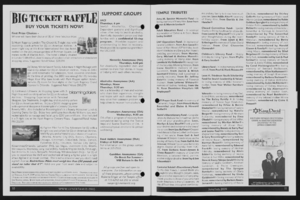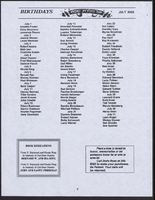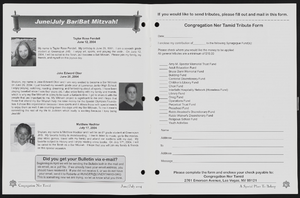Search the Special Collections and Archives Portal
Search Results
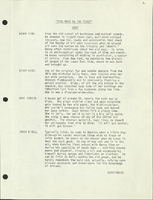
Script for television pilot, This Must Be the Place by Hank Henry and Bill Willard, 1950s
Date
1950 to 1959
Archival Collection
Description
The preface and script for a sitcom television show conceived of by Hank Henry and Bill Willard "to evoke the spirit of fun and laughs springing out of conflict and understanding between the old comedy school and the new school."
Text
Pagination
Refine my results
Content Type
Creator or Contributor
Subject
Archival Collection
Digital Project
Resource Type
Year
Material Type
Place
Language
Records Classification

